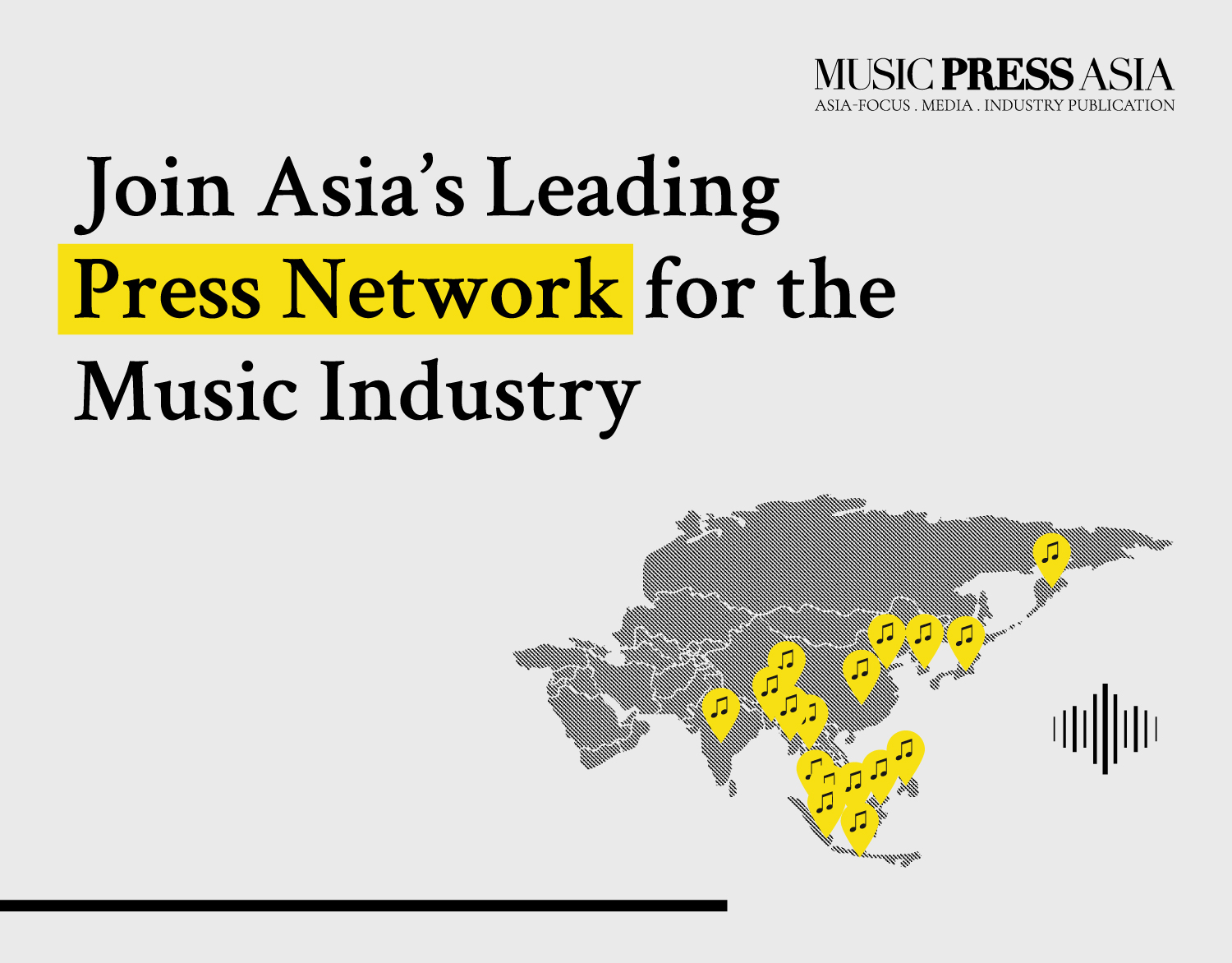South-Asia Industry Focus: “Has the LIVE Industry Met Its Death, Yet?”

Is the live scene in music & entertainment in South Asia dead? Pictured: Taiwanese band Mayday's concert in Singapore was postponed 9 months after its initially scheduled performance. Music Press Asia
Is the question permeating in most discussions between the music creators and executives whenever I sit in a ZOOM-powered chatroom these days. Not only has it been the fundamental question for all underlying discussions in publishing and licensing, but, even, in the spheres of creativity loosely associated with live, is LIVE the big elephant in the room at this moment in time and history. For a little while longer, even.
So, what was really happening in the live scene in South Asia before the pandemic? Merely a month after the Chinese Lunar New Year celebration in February, the most current report; almost silencing the fiery trade war reports between the US and China, was about the outbreak of a dangerous virus.
And by March, lockdowns and national orders to restrict movements were gradually in place to contain anymore spread, much to the disgust of the relatively booming music industry. By this time, the digital era is already progressively underway: digital releases on streaming platforms are multiplying on a monthly basis and every one’s eyes on China as the main player in South Asia. Bandwagoning on its supremacy, Southeast Asia lead by India, welcomes Vietnam as its new counterpart in the LIVE scene with the hip hop and electronic music genre outshining others.
At this point, talks about big data, the K-pop high-revenue entertainment powerhouse and artificial intelligence were just beginning, as it may seem, to settle down in the back seats of this operatic motion revolving music and entertainment: Mainstream and underground network of music conferences in Asia such as Wired Music Week and All That Matters thriving, increased album and single releases, world-tour plans, as well as sold out festivals and live performances. And part of the excitement, there was also the Tokyo Olympics in July. And as soon as it’d all began and as versatile as we’d thought it may be; the live industry — with large audiences made up of teens and youths under 30 — almost instantaneously found itself calling for financial assistance alongside the plummeting oil prices and disastrous commercial aviation among other suffering industries.
Five months on and we are nowhere nearer to returning life to normal.
One of the largest LIVE industry players in South Asia LIVE NATION — just two years into opening its new office in Singapore –was forced to postpone many of its 2020 tours and concerts all over the region. Some of its prominent act such as Mayday a band from Taiwan was postponed to February 2021 – nine months after its initialed performance scheduled at ZEPP@BIGBOX in Singapore. At this moment of writing, ticket holders were asked to hold on to their tickets until further announcement is made, although full refunds were made available with an expiration date.
Conferences happening later in the year were perhaps luckier, though, without much notice international conferences such as All That Matters (Singapore) and Midem (France) began its transition, almost forcefully, in its effort to accept as the matter of fact to digitalize its physical operation. And along the way, wiping almost half of its workforce into redundancy.
Has everything come to a halt as it seems then, would be the million dollar question. According to press releases and insider tips, which we’ve been receiving over the last five months, creativity hasn’t really stalled. But rather surprisingly, given way to even more resilience to those who meant it seriously.
With more digital album and single releases, songwriters and performers seemed to have stumbled upon a creativity burst allowing more revenues to be made, mainly in publishing and licensing for television and mainstream streaming content. Perhaps, allowing, the second boom of the digital era. Sync music is enjoying a competitive showdown among its creators and digital distributors.
Already on its way, e-learning via music applications and virtual and augmented reality (VR & AR) is predicted to boom in the next few years; allowing more freedom within the live performance and physical conferencing. NomadPlay, a friendly and highly entertaining application to learn instruments, recently received huge support from private investors and the French government, goes to show that long-term solutions to cope with the effects of the pandemic, would be a digitalize one.
It’s an economic reset, after all. Where competitors began to consider a pact rather than fighting for supremacy, indie and major labels must now consider partnership as the new normal. “We have seriously considered all the options of our music producers and songwriters. And have decided that joining the bigger corporations and talent management & agencies just to stay alive,” said a reluctant manager of a music production house.
As dormant as the LIVE scene is today, entertainment and music companies are struggling to maintain presence of their acts, even for those with international prominence. What a bizarre time in history that we are living in. Inevitably, it is also the time, perhaps, to filter the bad and leave the good to prosper: eliminating those who live in the fringe of creativity to fizzle away and let the ones who are seriously great to thrive. Indeed, perhaps, a good time to sit and watch with a circumspect perspective and less judiciously about what is to rise in the next six- to twelve-month period.













